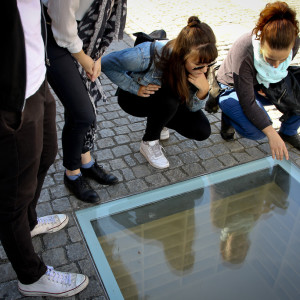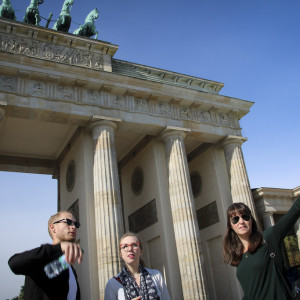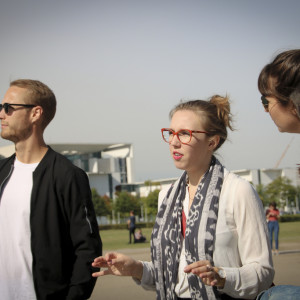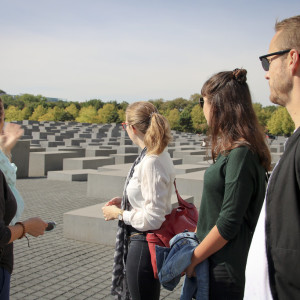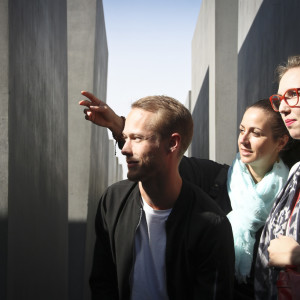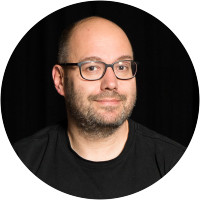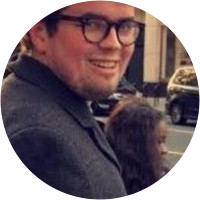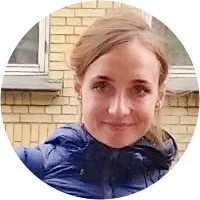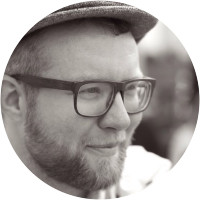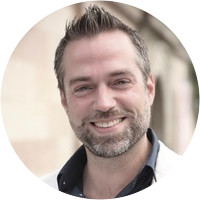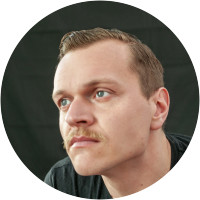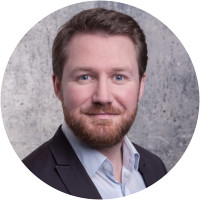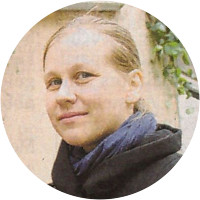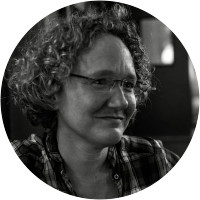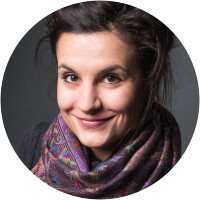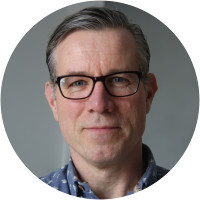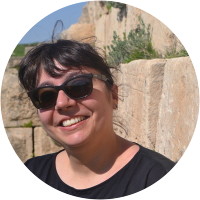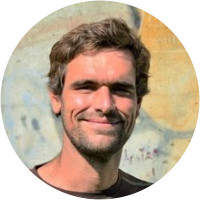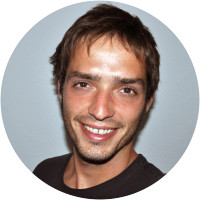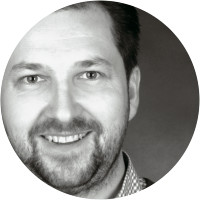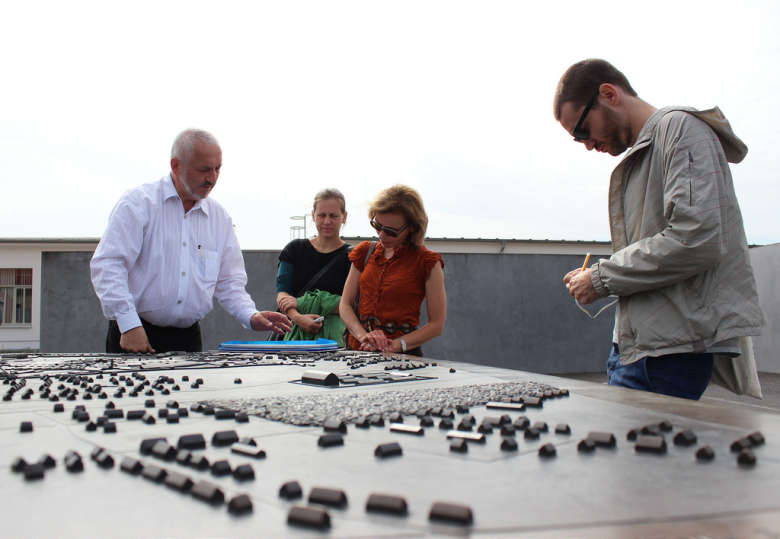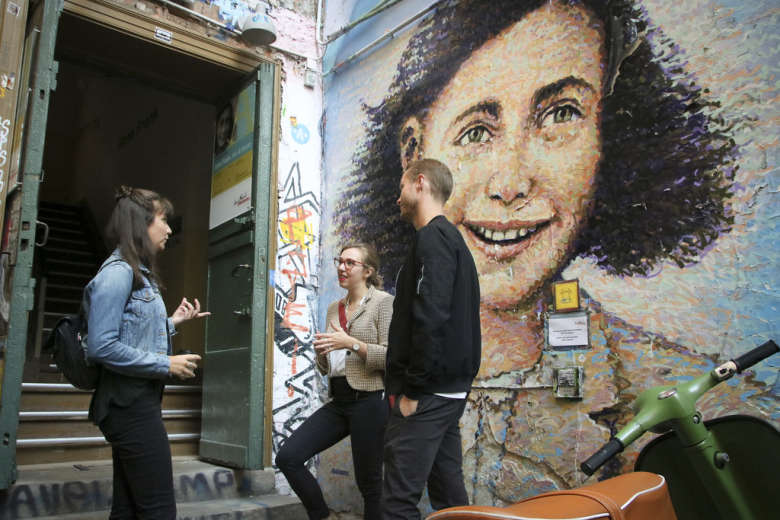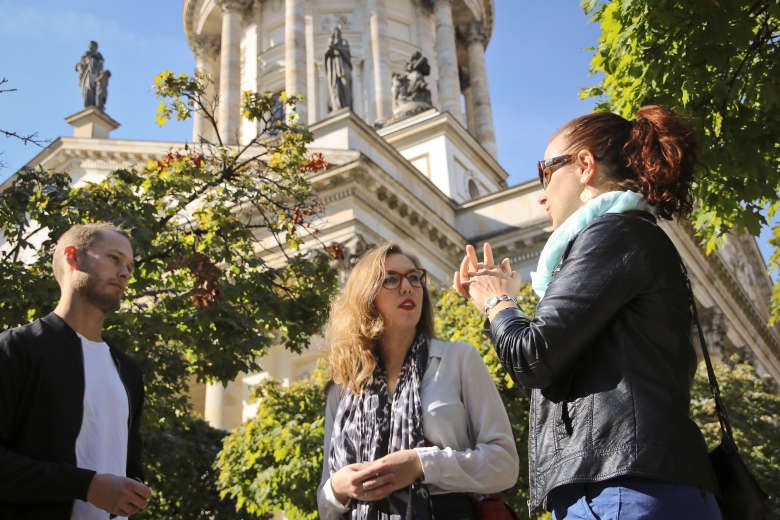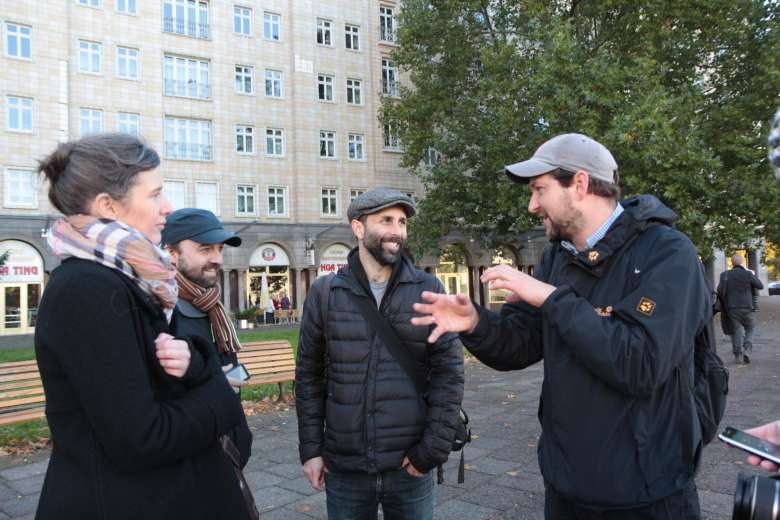Tour Details
Duration
3 hours
Product Type
Tour
Venues
- Memorial to the Murdered Jews of Europe
- Reich Main Security Office
- Former Luftwaffe Headquarters
- Site of Hitler's Bunker
- Reichstag exterior
Select a date
Tour Description
On this three-hour Berlin Nazi History Tour, led by a history expert, we will explore the years between 1933 and 1945 when Adolf Hitler and his National Socialist Party steered Germany into war and terror. Visiting some of the most important sites in Nazi Germany's capital, we will examine the rise of the Third Reich, the horrors and tragedies of their regime, and the events and circumstances that led to their fall. Our tour will include visits to the Brandenburg Gate, the Reichstag exterior, the Topography of Terror museum, and the Memorial to the Murdered Jews of Europe.
We’ll begin our Third Reich walking tour at Berlin's iconic columns of the Brandenburg Gate, from where we are able to look down the Strasse des 17. Juni, one of the main boulevards in the proposed designs for Berlin’s urbanization as the capital of the Third Reich. Traveling a few short blocks, we’ll end up at the memorial of the central tragedy of the Nazi regime: Peter Eisenman’s Memorial to the Murdered Jews of Europe. This controversial and enigmatic monument—a grid of hundreds of towering concrete blocks—will provide us with a context to discuss the historical events of the Holocaust, as well as an opportunity to touch on the complexities of the Jewish experience both during and after World War II. As we walk through the former government quarter of Berlin we will pass many other sites, memorials, and works of architecture that will help us confront the realities of Nazi rule, including the former site of Hitler’s Chancellery, the (now built-over) location of the Führerbunker, the former Reich Ministry of Aviation (Luftwaffe), and other major offices that orchestrated the war.
For visitors who would like to delve further into the history of the Holocaust, consider our Sachsenhausen tour, a trip to a nearby former concentration camp, or learn more about Jewish life, culture, and history on our Jewish Berlin Tour.
We'll conclude outside the Topography of Terror exhibition at the site of the former Gestapo and SS headquarters. This exhibition represents a self-conscious effort in the city to confront its Nazi legacy. Instead of trying to make a final statement about the horrors of Germany’s past, this site is committed to active engagement and to making history vivid and comprehensible. The exhibition is available to visit after the walk’s conclusion. By the end of our three hours together, we will have encountered the ghostly spaces of Berlin’s tragic past, not in an attempt to sensationalize or historicize the Third Reich, but in order to forge a connection to the present and understand how this history still shapes Berlin and Germany today.
We’ll begin our Third Reich walking tour at Berlin's iconic columns of the Brandenburg Gate, from where we are able to look down the Strasse des 17. Juni, one of the main boulevards in the proposed designs for Berlin’s urbanization as the capital of the Third Reich. Traveling a few short blocks, we’ll end up at the memorial of the central tragedy of the Nazi regime: Peter Eisenman’s Memorial to the Murdered Jews of Europe. This controversial and enigmatic monument—a grid of hundreds of towering concrete blocks—will provide us with a context to discuss the historical events of the Holocaust, as well as an opportunity to touch on the complexities of the Jewish experience both during and after World War II. As we walk through the former government quarter of Berlin we will pass many other sites, memorials, and works of architecture that will help us confront the realities of Nazi rule, including the former site of Hitler’s Chancellery, the (now built-over) location of the Führerbunker, the former Reich Ministry of Aviation (Luftwaffe), and other major offices that orchestrated the war.
For visitors who would like to delve further into the history of the Holocaust, consider our Sachsenhausen tour, a trip to a nearby former concentration camp, or learn more about Jewish life, culture, and history on our Jewish Berlin Tour.
We'll conclude outside the Topography of Terror exhibition at the site of the former Gestapo and SS headquarters. This exhibition represents a self-conscious effort in the city to confront its Nazi legacy. Instead of trying to make a final statement about the horrors of Germany’s past, this site is committed to active engagement and to making history vivid and comprehensible. The exhibition is available to visit after the walk’s conclusion. By the end of our three hours together, we will have encountered the ghostly spaces of Berlin’s tragic past, not in an attempt to sensationalize or historicize the Third Reich, but in order to forge a connection to the present and understand how this history still shapes Berlin and Germany today.
FAQ
What is a private tour?
Our private tours are limited exclusively to travelers in your party. They are designed to provide a learning experience that is completely tailored to you and your traveling companions. Private tours give you more flexibility with scheduling (you decide when the walk best fits in your trip), the ability to tailor your itinerary (we'll work to match the itinerary to the interests and dynamics of your group), and more personalized time with your guide.
Where do we meet? Where does it end?
The walk begins near the Brandenburg Gate. Your confirmation email will have the exact meeting point details along with a map. The walk ends near the Topography of Terror exhibition.
What if it’s raining?
Tours operate rain or shine, but in the case of inclement weather, your guide will modify the tour so more time is spent indoors. It never hurts to have an umbrella on hand.
Will this walk visit the Topography of Terror exhibition?
The walk finishes outside the exhibition, which is available to visit afterward independently. Due to guiding restrictions, we aren't able to include the interior of the exhibition on the tour.
Is this walk recommended for children?
Our group walks are open to children 13 years and up, while there is no age limit on private walks. Due to the nature of the subject matter, this walk may not be suitable for families.
Is there any geographical overlap between the Sites and Insights Berlin Welcome Tour and this walk?
Yes. Because Berlin's city center is filled with important historical sites, especially from the period of World War II, the two walks tread over similar ground but use a different thematic lens. We suggest choosing between the two walks.
Experts
Where You'll Start
–
241 Reviews
Reviews can only be left by Context customers after they have completed a tour. For more information about our reviews, please see our FAQ.
Nina was an amazing guide. She was so smart and a wealth of information. We appreciated her insight into the city, shedding light on current times all the way back to WW1.
Lily
Reviewed on:
Nov 25, 2025
Lauren was an outstanding guide who was knowledgeable, personable and very motivated to tailor our experience to just what we wanted. We thoroughly enjoyed her tour and recommend to anyone!
Allen
Reviewed on:
Nov 7, 2025
We have been on many European history tours. Lauren was one of the best yet. She is so personable and more than a tour guide. She really got to know us to tailor the tour to our family. Lauren was so knowledgeable and entertaining. We highly recommend.
Jennifer
Reviewed on:
Sep 26, 2025
